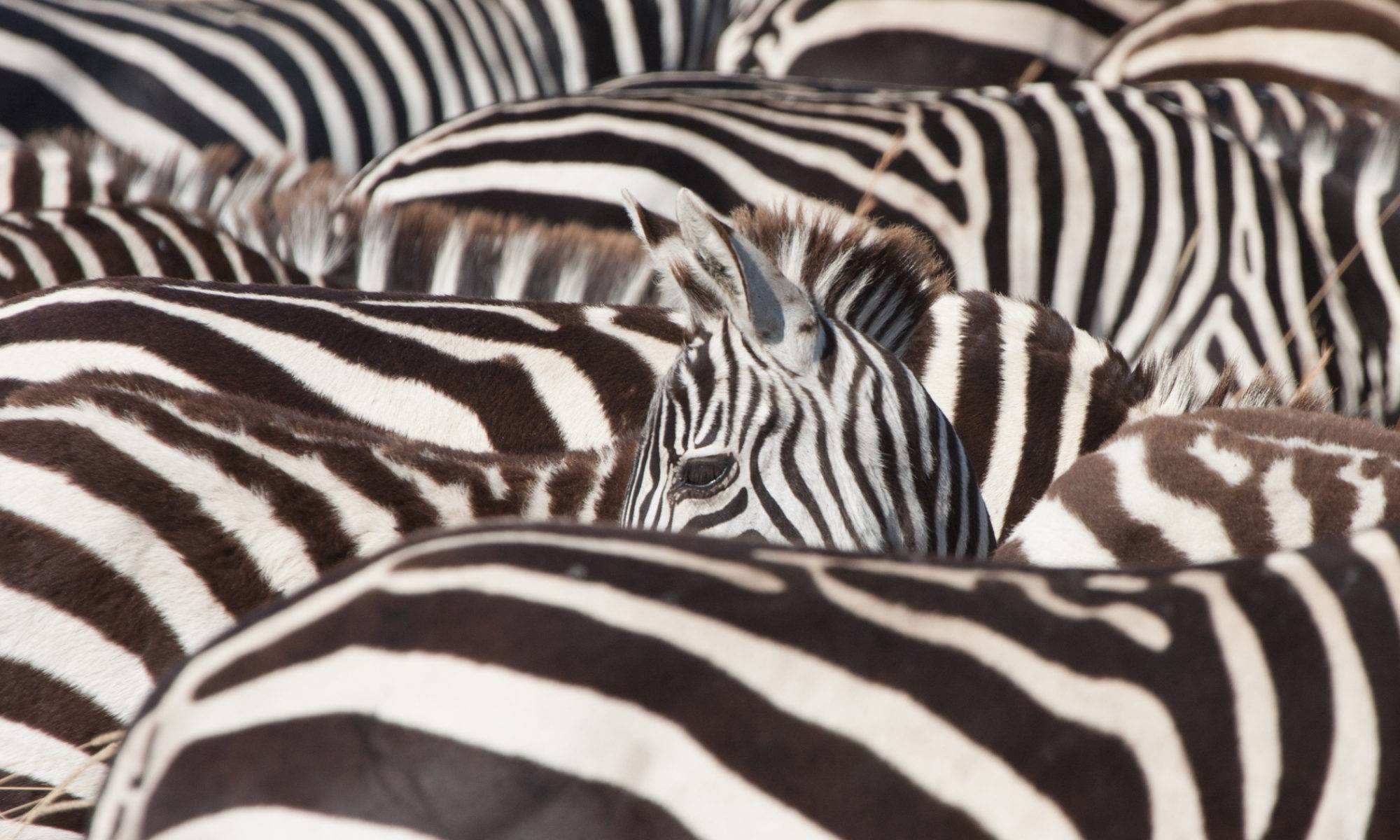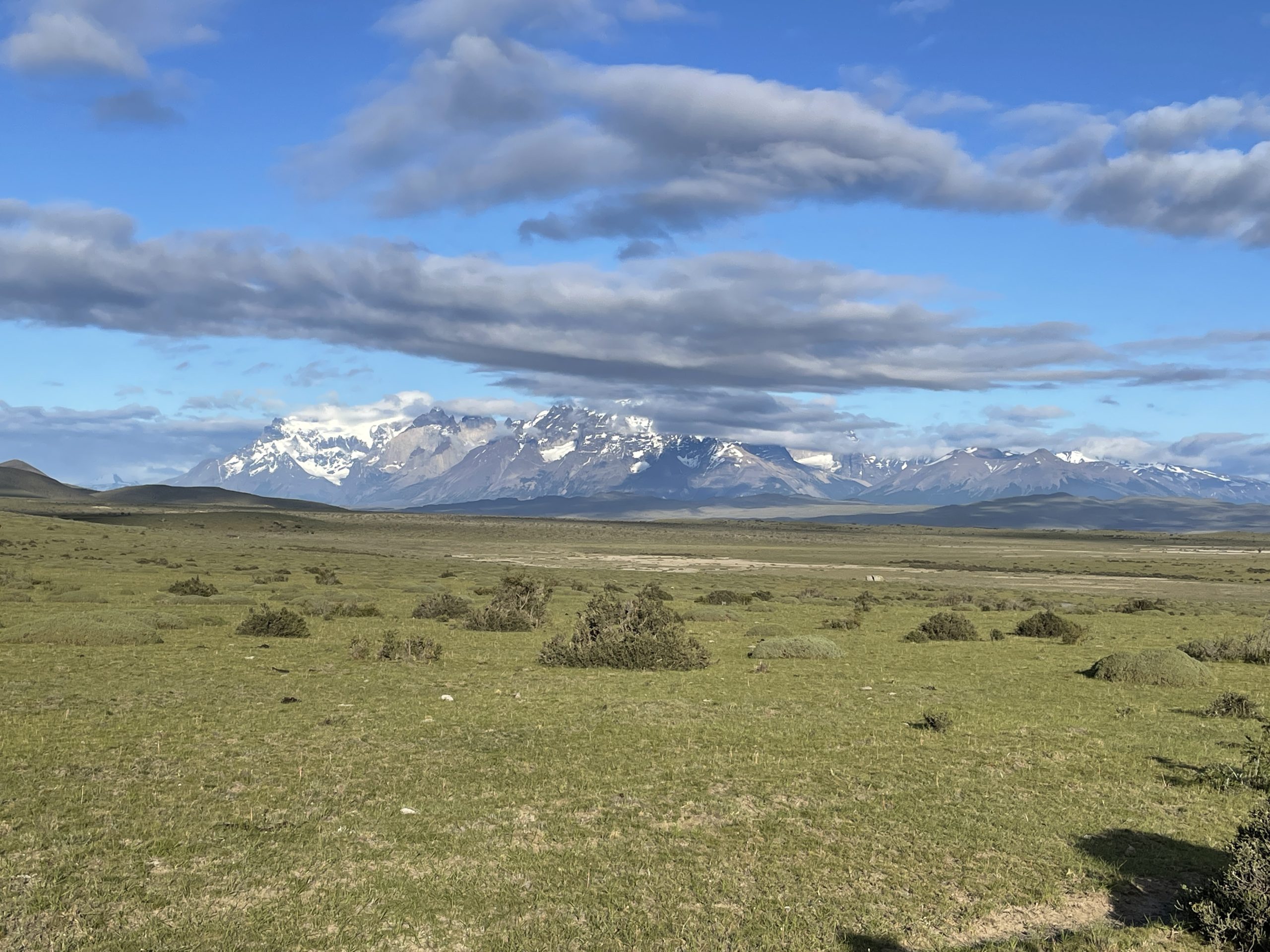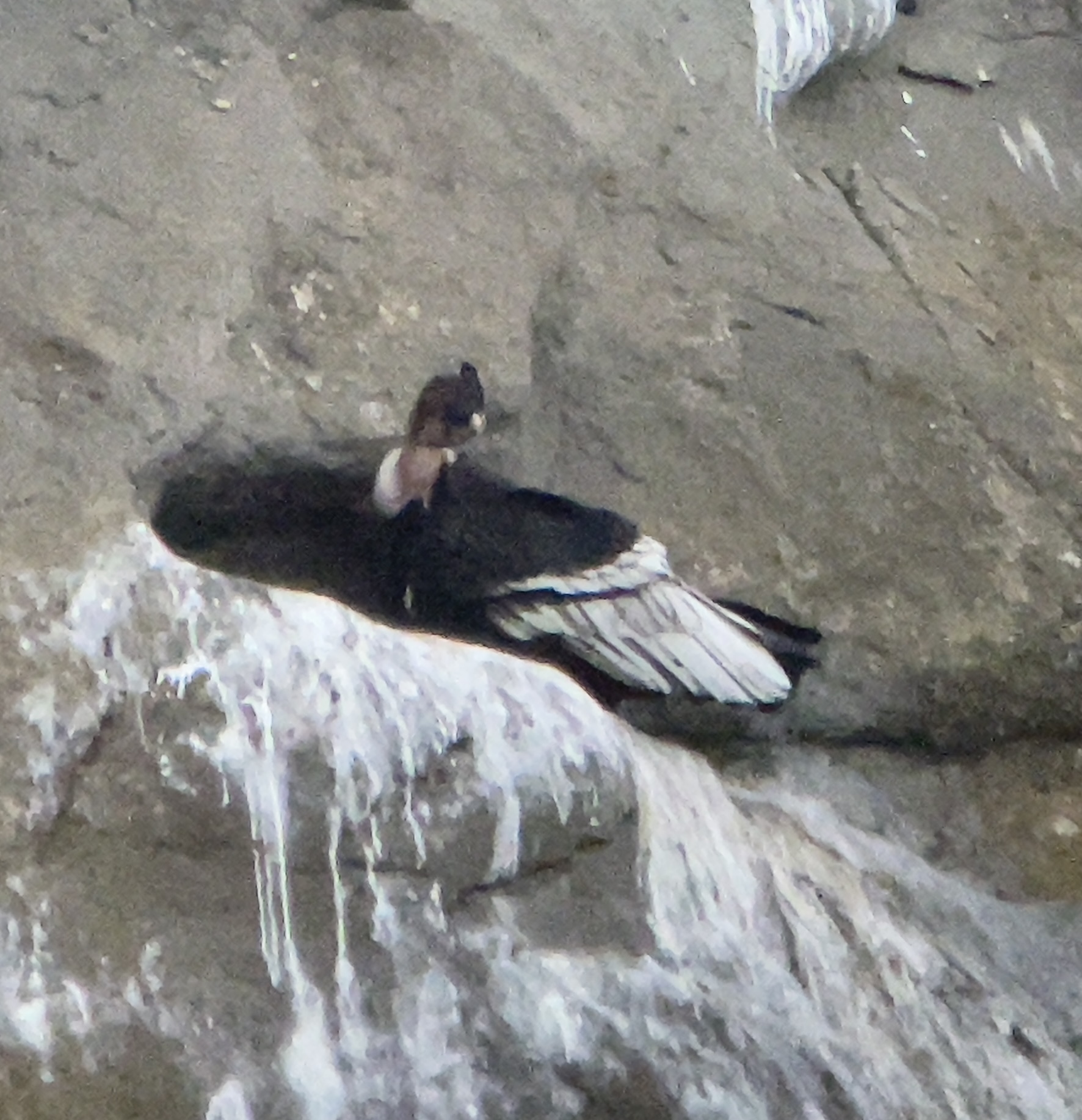Some pictures from the Central Chile part of our trip.
There are many more (and larger and better quality) on my OneDrive (there’s a link from the Chile 2022 page in trips).

Birds, wildlife and travel
Some pictures from the Central Chile part of our trip.
There are many more (and larger and better quality) on my OneDrive (there’s a link from the Chile 2022 page in trips).
Finally, I’ve ploughed through far too many pictures and now can put far too many online. There here are a few from the northern part of our trip to Chile.
There are many more on my OneDrive (there’s a link from the Chile 2022 page in trips).
In 1982 a young lad watched in wonder when the BBC’s Flight of the Condor series went to Torres del Paine. It immediately became a dream to go there, but obviously it would never happen.
40 years later, today was the day, and it was just as good as I had dreamed as a 14 year old! (And there were Condors).


We continue to anger the weather gods, with our one cloudy day being when we were in the mountains with allegedly breathtaking views, followed by two dead calm days for our crossings to Chiloé, meaning that the seabirds were also non-existent. We’re now at Puerto Montt airport waiting for our evening flight to Punta Arenas before we go to Tierra del Fuego tomorrow. There are less scenic airports.

After a couple of cracking days in the Vilches area, we cleaned out the available species and had some fantastic birds to boot.
Today was the day we went up to see the Diademed Sandpiper-Plover, one of the most iconic birds in the world and one of the main reasons for coming to Chile. What a day it was!
Starting with an early departure we hit the El Yeso valley at about 1000, and started with a bang: Moustached Turca and Crag Chilia showing brilliantly at our first stop. Moving on up the valley our luck ran out. The bus developed a leak and was broken for the day. On top of that there was a landslide further up the valley that would prevent us from getting to the bog for the Sandpiper-Plover even if we had a fixed bus. At least three hours standing by a road junction, followed by a farcical game of hunt the hotel, as we tried to find the hotel we were actually booked into, rather than the one we were told, meant that tempers were frayed by the time we got the right one.
Just to finish off the perfect day, we found out that our rescheduled pelagic trip from Sunday (the waves were ferocious and wild) was cancelled for tomorrow, meaning that the two main reasons for coming to Chile had sunk without trace in a single day. Still Chile is a fantastic country, with superb birds. Things will surely improve… won’t they?
(If you’re not familiar with my quotations, look up The Lion and Albert: http://holyjoe.org/poetry/edgar.htm)
We’re back at sea level after a couple of days in the Lauca National Park. The birding was hard at 15000 feet, but the place was just astonishingly beautiful.
The waves were indeed piddling and small in today’s pelagic trip out to the continental shelf ~20 km from Iquique. This made for a comfortable ride, but rather limited our bird list, but a Salvin’s and a White-capped Albatross were good, as was the supporting cast of Storm Petrels and other goodies.
Day 1 of the tour saw us start of at Arica and travel to Iquique by way of a moonscape. There were some birds in amongst the dust, though, including a trio of cracking Hummingbirds.
Our trip to Chile is up and running, but slowly. A 14 hour flight with practically no sleep, followed by a 12 hour transfer in Santiago isn’t the stuff to get the pulse racing. Fortunately, the approach to Santiago gave stunning views of the Andes, including long views of Aconcagua, and there are far worse places to be stuck than Santiago airport. A small garden outside the domestic terminal has given us 4 lifers, and flyover Andean Condors were a surprise.
The camera stayed packed until an incredibly confiding Dark-bellied Cinclodes, another lifer, started feeding on a wall only a few feet from us.